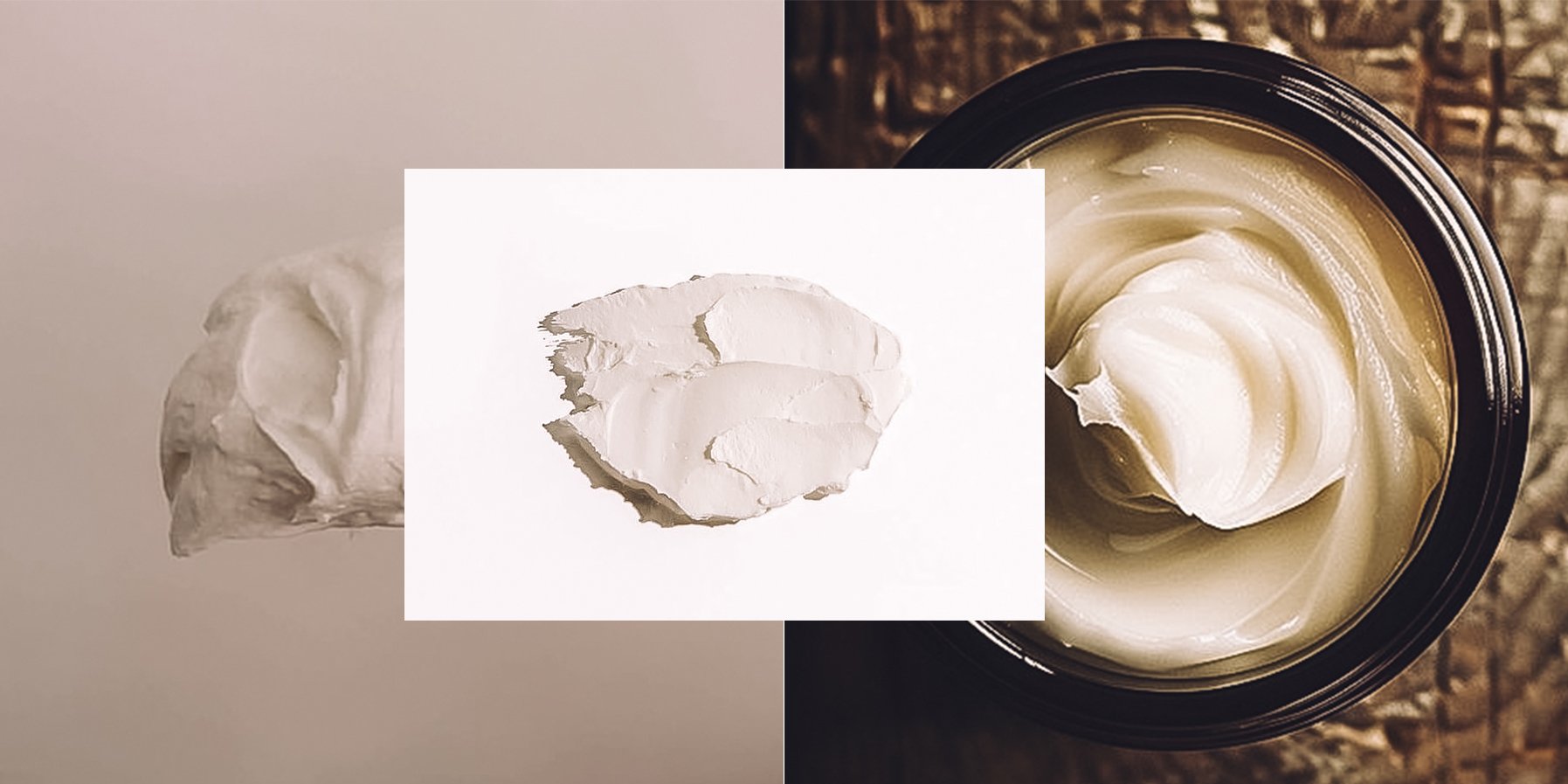Beef Tallow for the Skin

The more we learn about how most products in general are made the more a lot of people move away from them and explore other options, like holistic options, or recoil to ancestral practices. Today we will deep dive into Beef Tallow and its skin benefits.
Beef tallow, a rendered form of beef fat, has a rich history spanning centuries and is deeply intertwined with culinary, industrial, and cultural practices across various civilizations. And great enough beef tallow is significantly less expensive than most brands.
Ancient Origins
Early Use: Tallow has been used since ancient times, primarily as a cooking fat and for preservation. Its long shelf life made it a valuable commodity.
Egyptians: Ancient Egyptians used animal fats, including tallow, in cosmetics, candles, and embalming processes.
Middle Ages
Medieval Europe: Tallow was a staple cooking fat in Europe during the Middle Ages, valued for its affordability and versatility. It was also a primary ingredient in candle-making and soap production.
Trade Commodity: Tallow became an important trade product, particularly in colder regions where plant-based oils were scarce.
Industrial Revolution
Soap and Candles: The Industrial Revolution (18th-19th century) brought advancements in soap-making and candle production, with tallow being a key ingredient. Tallow candles were widely used until the advent of kerosene and electric lighting.
Lubrication: Tallow was used as a lubricant in machinery during the early stages of industrialization.
19th and 20th Centuries
Decline in Popularity: The rise of vegetable oils, such as soybean and palm oil, in the late 19th and early 20th centuries led to a decline in the use of tallow for cooking. These oils were cheaper and easier to produce on a large scale.
Hydrogenation: The development of hydrogenated fats like margarine replaced tallow in many applications.
World Wars: During World War I and II, tallow was used in munitions and as a rationed cooking fat.
Modern Revival
Culinary Use: In recent years, beef tallow has experienced a resurgence among chefs and home cooks due to its flavor and high smoke point. It is particularly valued in traditional and ketogenic diets.
Sustainability: Tallow is considered a sustainable choice as it utilizes a byproduct of beef production that might otherwise go to waste.
Cosmetics and Skincare: Its use in natural soaps, balms, and skincare products has also grown due to its moisturizing properties.
Cultural Significance
Regional Practices: Tallow has held cultural significance in many regions, from its use in suet puddings in Britain to being a traditional ingredient in pemmican, a Native American preserved food.
Beef tallow's history is a testament to its versatility and the ways human ingenuity has adapted natural resources to meet evolving needs.
BEEF TALLOW SKIN BENEFITS
1. Moisturizing Properties
Rich in Lipids: Tallow closely resembles the natural oils (sebum) produced by human skin, making it an excellent moisturizer that absorbs easily without clogging pores.
Barrier Protection: It helps reinforce the skin's protective barrier, locking in moisture and preventing dehydration.
2. Nutrient-Dense Composition
Vitamins A, D, E, and K: These fat-soluble vitamins nourish the skin, promote cell regeneration, and improve elasticity.
Vitamin A: Encourages collagen production and reduces wrinkles.
Vitamin D: Aids in skin repair and soothing inflammation.
Vitamin E: Protects against free radicals and premature aging.
Vitamin K: Supports skin healing and reduces dark spots.
Omega Fatty Acids: Omega-3 and omega-6 fatty acids help reduce inflammation and promote a healthy, glowing complexion.
3. Anti-Inflammatory Effects
Tallow contains conjugated linoleic acid (CLA), which has anti-inflammatory and antimicrobial properties, making it beneficial for conditions like eczema, psoriasis, and acne.
4. Gentle on Sensitive Skin
Hypoallergenic: Tallow is generally well-tolerated by sensitive or reactive skin types, as it is free of synthetic additives and harsh chemicals.
Healing Support: Its soothing properties can calm irritation and aid in the recovery of damaged skin.
5. Promotes Skin Elasticity
Collagen Support: The nutrients in tallow encourage collagen synthesis, improving skin texture and reducing the appearance of fine lines and wrinkles.
6. Natural and Sustainable
Minimal Processing: Tallow is a natural product with minimal refinement, making it an eco-friendly alternative to synthetic skincare ingredients.
Byproduct Utilization: It repurposes what might otherwise be waste, aligning with sustainable practices.
How to Use Beef Tallow for Skin
As a Moisturizer: Apply a small amount to clean, damp skin for hydration.
DIY Skincare: Blend with essential oils or other natural ingredients to create balms, creams, or salves.
For Problem Areas: Use it as a spot treatment for dry patches, scars, or inflamed skin.
Considerations
Ensure the tallow is grass-fed and organic, as this offers the highest nutrient density and purity.
Perform a patch test before use to check for allergies or sensitivities.
Beef tallow's unique compatibility with human skin makes it a valuable ingredient in natural skincare routines.
